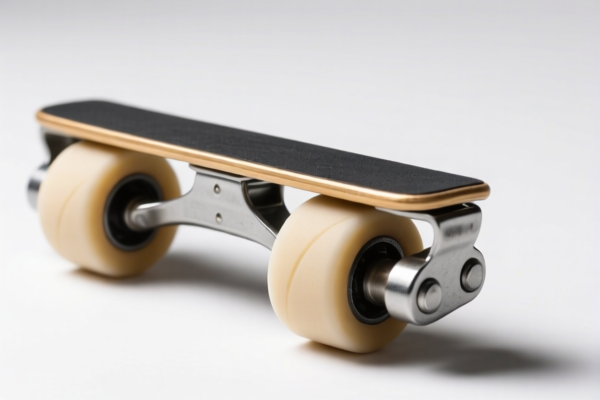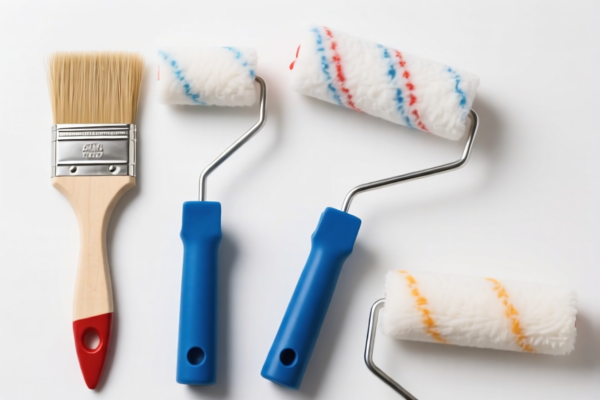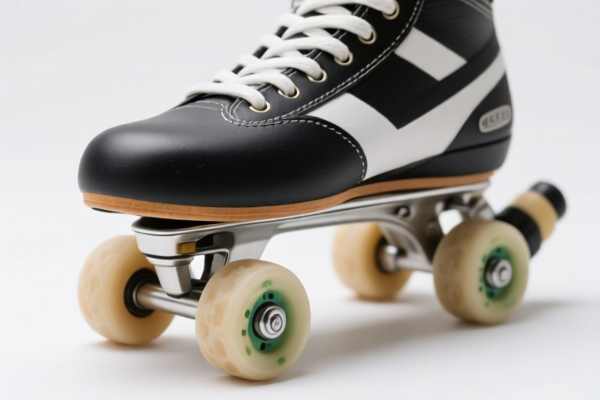| HS Code | Official Doc | Tariff Rate | Origin | Destination | Effective Date |
|---|---|---|---|---|---|
| 8432100020 | Doc | 80.0% | CN | US | 2025-05-12 |
| 8432100060 | Doc | 80.0% | CN | US | 2025-05-12 |
| 7326200055 | Doc | 83.9% | CN | US | 2025-05-12 |
| 7326908675 | Doc | 82.9% | CN | US | 2025-05-12 |




Post Roller
A post roller is a tool used in construction, landscaping, and agricultural applications to compact soil or other granular materials. It is designed to flatten and consolidate surfaces, improving their stability and preparing them for further work.
Material:
- Steel: The most common material for rollers is steel, chosen for its durability and ability to withstand significant weight and pressure. Rollers can be constructed from solid steel or steel shells filled with materials like water or sand.
- Polyurethane: Some rollers, particularly those used for sensitive surfaces like newly laid sod or asphalt, are made from polyurethane to minimize damage.
- Iron: Older or less expensive models may utilize iron construction, though this is less common due to its susceptibility to rust and lower overall strength.
Purpose:
- Compaction: The primary purpose is to increase the density of soil, gravel, asphalt, or other materials.
- Surface Leveling: Rollers help to create a smooth, even surface.
- Preparation: They prepare surfaces for paving, seeding, planting, or building foundations.
- Aeration: Certain types, like lawn rollers, can be used to lightly compact soil to improve seed-to-soil contact and promote germination.
Function:
Post rollers function by applying consistent, downward pressure over a surface. The weight of the roller, combined with the rolling motion, forces particles closer together, reducing air pockets and increasing density. The size and weight of the roller determine the level of compaction achieved.
Usage Scenarios:
- Landscaping: Smoothing lawns after seeding, preparing garden beds, leveling ground for patios or walkways.
- Construction: Compacting sub-base materials for roads, driveways, and building foundations.
- Agriculture: Rolling fields to improve seed-to-soil contact, breaking up clumps of soil, and preparing land for planting.
- Asphalt Paving: Compacting asphalt layers for roads, parking lots, and driveways.
- Sports Fields: Maintaining the level and compaction of playing surfaces.
Common Types:
- Lawn Rollers: Lighter weight rollers, often filled with water, designed for smoothing lawns and garden beds. Typically 36-48 inches wide.
- Hand-Push Rollers: Smaller rollers, manually operated, suitable for smaller projects and confined spaces.
- Tow-Behind Rollers: Larger rollers that are pulled by tractors or other vehicles, used for larger areas and more demanding compaction tasks. These come in various sizes and weights.
- Vibratory Rollers: These rollers utilize vibration in addition to static weight to achieve greater compaction. Commonly used in road construction.
- Sheepsfoot Rollers: Feature a series of "feet" that apply concentrated pressure to the soil, ideal for compacting cohesive soils like clay.
- Smooth Drum Rollers: Have a smooth, cylindrical drum for general compaction and leveling.
- Rubber Tire Rollers: Utilize a series of tires to apply pressure, often used for sensitive surfaces like asphalt.
Post rollers, based on the provided information, can be classified under several HS codes depending on their material and specific application. Here's a breakdown:
- 8432100020: This HS code covers Agricultural, horticultural or forestry machinery for soil preparation or cultivation; lawn or sports ground rollers; parts thereof: Plows Moldboard plows except listers. While "post roller" isn't explicitly mentioned, if the roller is used in agricultural soil preparation or cultivation, this code may apply. The tax rate details include a base tariff of 0.0%, an additional tariff of 25.0%, and a 30% additional tariff after April 2, 2025, with a 25% additional tariff for steel or aluminum products, resulting in a total tax rate of 80.0%.
- 8432100060: This HS code covers Agricultural, horticultural or forestry machinery for soil preparation or cultivation; lawn or sports ground rollers; parts thereof: Plows Other. Similar to the previous code, if the post roller is used in agricultural contexts but doesn't fall under the "Moldboard plows except listers" category, this code could be relevant. The tax rate details are identical to 8432100020: a base tariff of 0.0%, an additional tariff of 25.0%, a 30% additional tariff after April 2, 2025, and a 25% additional tariff for steel or aluminum products, resulting in a total tax rate of 80.0%.
- 7326200055: This HS code covers Other articles of iron or steel: Articles of iron or steel wire Paint roller frames. If the post roller is constructed from iron or steel wire, this code is applicable. The tax rate details include a base tariff of 3.9%, an additional tariff of 25.0%, a 30% additional tariff after April 2, 2025, and a 25% additional tariff for steel or aluminum products, resulting in a total tax rate of 83.9%.
- 7326908675: This HS code covers Other articles of iron or steel: Other: Other: Other: Other Paint roller frames (other than of iron or steel wire). If the post roller is made of iron or steel but not from wire, this code applies. The tax rate details include a base tariff of 2.9%, an additional tariff of 25.0%, a 30% additional tariff after April 2, 2025, and a 25% additional tariff for steel or aluminum products, resulting in a total tax rate of 82.9%.
According to the provided reference material, the HS code options related to 'post roller' are limited, with only the following 4 found.
It is important to verify the material composition (steel, aluminum, iron wire, or other) of the post roller to determine the correct HS code and corresponding tax rate. A 25% additional tariff applies to steel or aluminum products for codes 8432100020 and 8432100060.
Customer Reviews
No reviews yet.